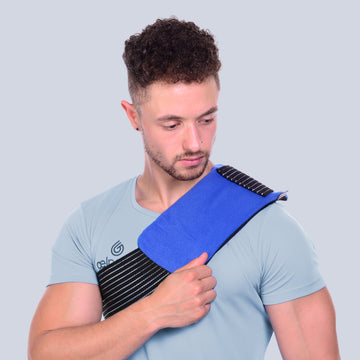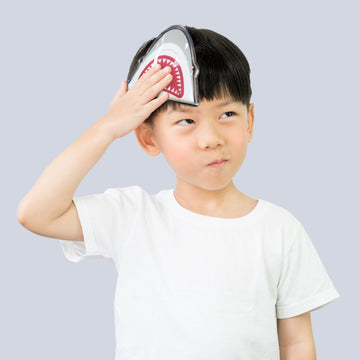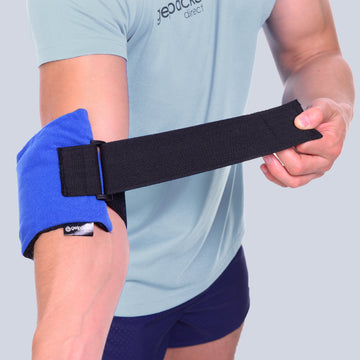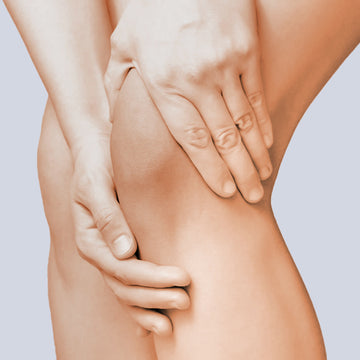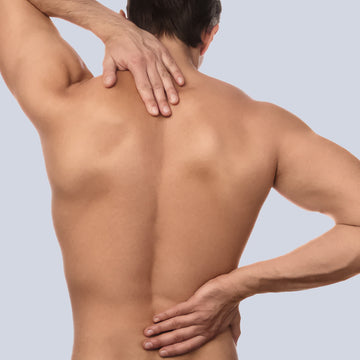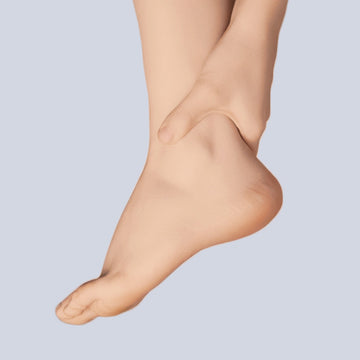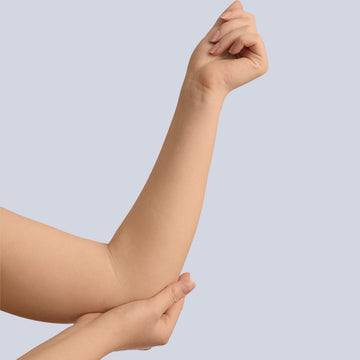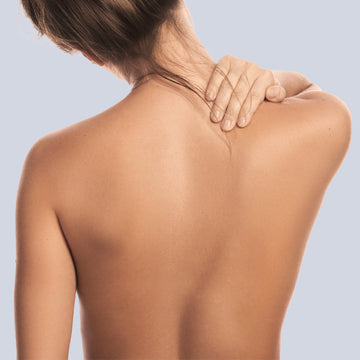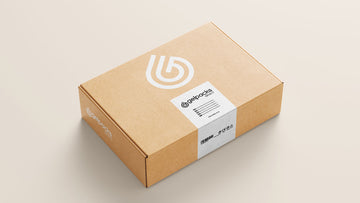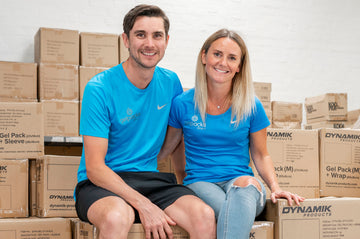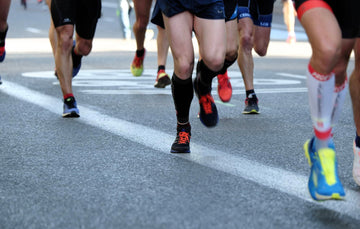Posted by Tia Patel | FEB-28-2021
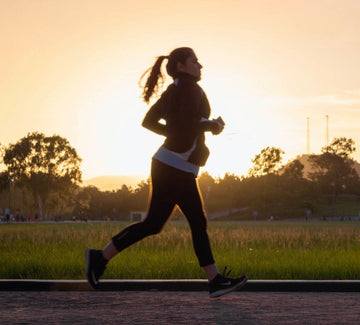
Running and Endometriosis
Did you know 1 in 10 women of reproductive age in the UK have endometriosis, and yet it’s a condition that we don’t really talk about! 😲
Endometriosis is a condition where tissue similar to the lining of the womb starts to grow in other places, such as the ovaries and fallopian tubes. It can affect women of any age and is a long-term illness that can have a significant impact on your life.
During endometriosis awareness week we’re bringing you everything you need to know about managing endometriosis symptoms and some tips to help you stay in control of your illness.
8 endometriosis symptoms to look for ...
1. Severe cramping and pelvic pain - Endometriosis is associated with a woman’s menstrual cycle, with cramping a common symptom of periods. This is one of the first symptoms and might alert a woman to seek help from a medical professional.
2. Abnormal bleeding - Endometriosis isn’t just associated with heavy flow. Here are some symptoms to look for:
- A heavier than normal menstrual flow
- A lighter than normal menstrual flow
- Spotting instead of a regular period
- Spotting or bleeding in between regular periods
- Dark brown blood or spotting (that looks like old blood)
- Menstrual blood containing lots of large clots
3. Painful bowel movements - The uterus sits very close to other internal organs, including the bladder, bowel and intestines. Endometrial tissue can grow on these organs and form adhesions around them, which can make going to the bathroom extremely painful.
4. Painful intercourse - Endometriosis can cause pain during intercourse, even when a woman is not experiencing endo pain. During intercourse, we use our pelvic floor muscles to relax and contract. But if these muscles are compromised by endometrial tissue or adhesion causing intercourse to be painful.
5. Lower back or hip pain - Whilst endometriosis is associated with pelvic pain, it can also cause pain in the lower back, stomach, legs or hips as well. Endometrial tissue and adhesions can grow practically anywhere, even as far up as the diaphragm and lungs, causing pain and affecting the function of muscles around the body.
6. Inflammation - The pain of endometriosis is caused by inflammation from the endometrial tissue growing outside the uterus that is unable to be shed. Swelling may occur in other parts of their body as well, where endometrial tissue is present, causing pain.
7. Excessive bloating - Or “Endo belly“ is a major warning sign of endometriosis. Excessive bloating is experienced during a flare up as a result of the inflammation of the endometrial tissue outside the uterus, and the restriction on the digestive system caused by adhesions.
8. Fatigue - Endometriosis, like many inflammatory diseases, causes severe fatigue. Not just during flare ups, but all the time with your body fighting pain and inflammation on a regular basis.
Running and Endometriosis
We are always keen advocates for all things running, but can running have a positive effect on endometriosis? We think so! Take a look below...
- Helps you get a better night's sleep - A study published in the Journal of Clinical Sleep Medicine has found that regular exercise can improve the quality of your sleep and help you sleep through the night. This will allow your body time to recover.
Read our tips for getting a better nights sleep here
- Relieve menstrual pain - being active on your period can help blood circulate better around your body, bringing fresh nutrients to your lower abdomen.
Click here for tips on on training whilst on your period
- Support mental health - runners high helps release the body’s “happy hormone”, endorphins. This will relieve anxiety, help you relax and reduce pain.
Natural remedies to relieve symptoms of endometriosis
1. Heat - For endometriosis flare ups, heat is recommended to relax the pelvic muscles, which can reduce cramping and pain. You can use warm baths, hot water bottles, or a hot gel pack to treat cramping.
2. Pelvic massages - Massaging the pelvic area can help relax muscles and reduce inflammation. Massaging helps to gently release adhesions of uterine tissues stuck together and alleviate stress that can amplify pain sensations and trigger uterine spasms.
Using a few drops of high-quality lavender essential oil can help further relax the muscles. Gently massage the affected area for 10 to 15 minutes at a time. Pelvic massages should only be used before the menstrual cycle as it may aggravate symptoms if you use it as a treatment during your period.
3. Acupuncture - this involves the insertion of tiny needles in the skin, mainly to treat pain. A 2017 study found evidence that acupuncture can reduce abdominal and pelvic pain and the size of the endometrial overgrowth in women with endometriosis.
4. Dietary changes - Altering your diet could reduce symptoms of inflammation by minimizing your consumption of red meat and increasing your intake of fruits, vegetables, and whole grains to improve overall health.
Some experts recommend an elimination diet which begins by eating no foods that cause inflammation and slowly reintroducing them to determine which are problematic for the individual. Potentially problematic foods include: dairy products, gluten, processed foods and sugars.
It is important to track symptoms so that potential triggers of endometriosis flare ups can be identified.
5. Light exercise - Regular exercise helps to release endorphins which can reduce pain. Exercise may also help to lower estrogen levels in the body and improve symptoms. Don’t forget to stretch before and after each workout.
Alternative fitness trends which don’t include running
6. Rest - Getting rest is important, especially during menstruation. Lying on your side with the knees pulled into the chest can help to relieve pressure in the back.
If you are experiencing any of the symptoms mentioned above, you must seek medical help. Endometriosis can be a life-long condition but with careful management, the symptoms can be reduced.
Look after yourselves!
#TeamGDP
